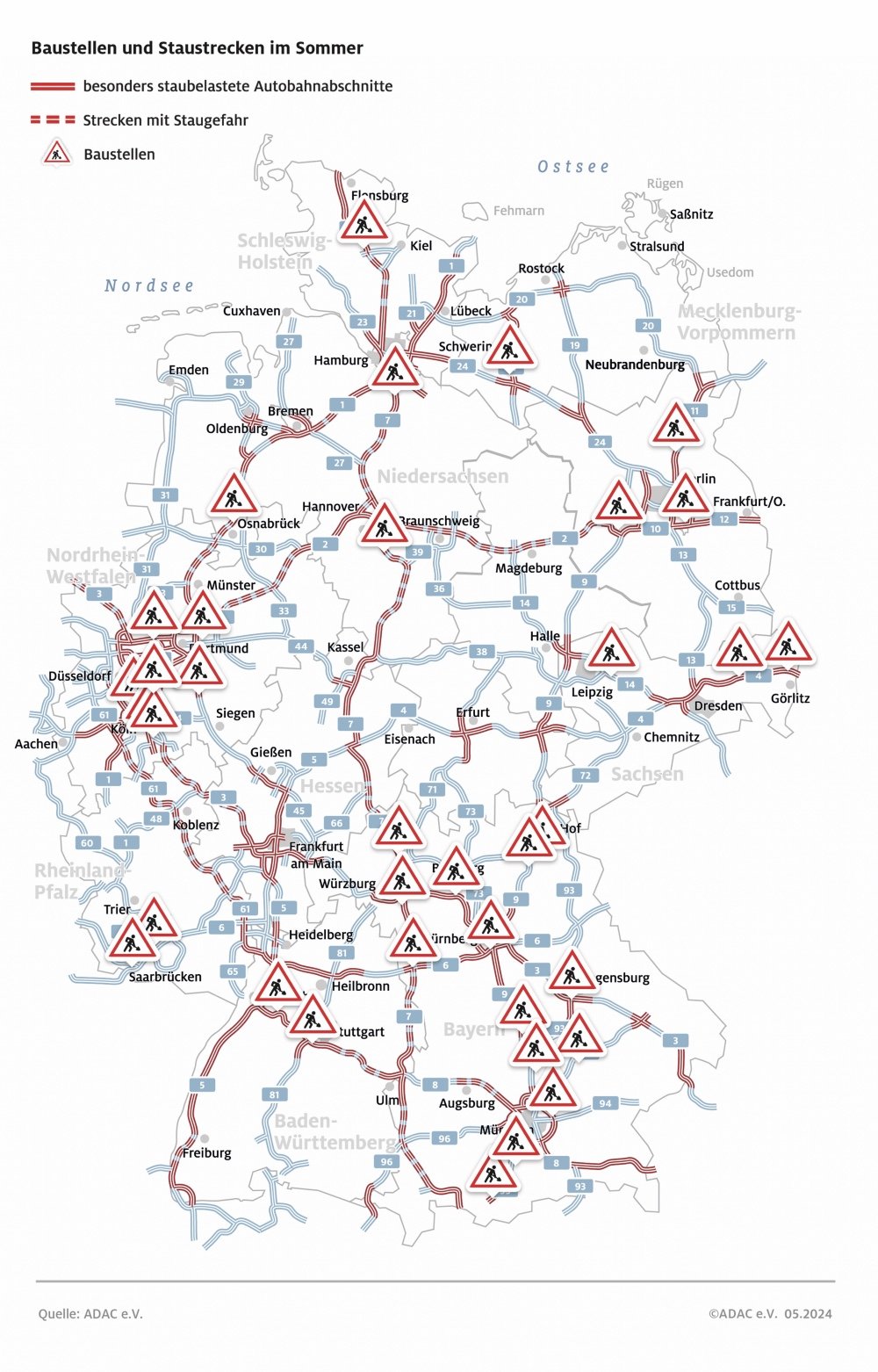The worst of Storm Otto, which battered Scandinavia on Friday evening, seems to have passed and will blow further east and move over the Baltics, according to SMHI, Sweden’s Swedish meteorological agency.
The storm, which reached wind speeds of 145km/h (90mph), led to blocks of flats being evacuated in Denmark for fear they might collapse, the closure of the Øresund Bridge between Sweden and Denmark, and the cancellation of Norwegian ferry services.
But by Saturday morning, conditions had improved enough for the SMHI to lifted its orange warning and the Øresund Bridge was reopened to traffic just before 03:00, according to the official website. In the early hours of Saturday morning, Denmark’s Meteorological Institute, the DMI, advised that its weather warning for wind gusts had ended.
However, power outages and traffic problems are expected across Sweden and Denmark as icy conditions are set to linger, with air traffic expected to be delayed at Copenhagen Airport throughout the weekend.
Travel
Despite the storm subsiding, across Sweden several train routes are still canceled in both Skåne and along the west coast.
Öresundstågen writes on its website that according to the forecast, traffic should be able to resume at around noon. Several SJ trains are also canceled on the route between Gothenburg and Malmö.
Train travel also resumed early on Saturday morning. On Skånetrafiken’s website, it reports that the first train from Malmö to Copenhagen Airport departed at 03.33.
The first train from Copenhagen Airport to Malmö departed at 04.02.
On the roads, winds have died down enough that there are no longer any concerns about letting so-called ‘wind-sensitive’ vehicles, namely largely vehicles such as trucks and trailers, travel over the Øresund Bridge.
Air traffic at Copenhagen Airport will be affected for the rest of the weekend as a result of Friday’s storm, according to Lars Lemche, press officer at Copenhagen Airport.
“It will probably affect the whole weekend, but especially Saturday,” Lemche said on Saturday morning.
Several flights scheduled to land in Copenhagen on Friday were instead forced to redirect to Amsterdam or Berlin. As a result, Saturday’s air traffic program has been rescheduled due to a number of aircraft and crews not being where they were scheduled to be on Saturday morning.
“If you are going to travel, you must arm yourself with extra patience and make sure you stay informed,” Lemche added.
Storm Otto made landfall on the west coast of Denmark on Friday afternoon. An average wind of 24.6 meters per second was measured in Thyborøn. In Jutland, hurricane force gusts of 38 meters per second were measured.
Traffic concerns
On the roads in Sweden, though the SMHI has lifted its orange warnings it has maintained yellow warning in parts of northern Götaland and central and southwestern Svealand, as there is a risk of ice on the roads with traffic problems as a result.
SMHI has also issued a yellow warning in Halland and the north-western Skåne coast, where strong winds are expected to cause high water levels.
Power outages
Thousands in Sweden have been left without power after the storm battered the electricity grid. For some households, power is not expected to return until Sunday.
During the night, over 11,000 households were without power in large parts of Götaland. Shortly after 07:00, approximately 7,800 of Eon’s customers are still without power, according to the energy company. Worst hit is Skåne, where over 5,000 are without power.
“We are in a difficult situation. We hope to be able to fix this during the day. There are many trees that have ended up on wires. We therefore have to remove trees and put up new lines. The goal is for everyone to get power back this evening, but several may be without power tomorrow,” Peter Hjalmar, regional manager for Eon, explained.
Hjalmar also warned the public to stay away from fallen power lines: “If you are out walking and see a downed power line, you should not go near it but report it to us,” he added.




 Please whitelist us to continue reading.
Please whitelist us to continue reading.
Why is this on dk, most of Denmark was left untouched Luther than a bit of high speed winds. No real power outages. This should have stayed on se